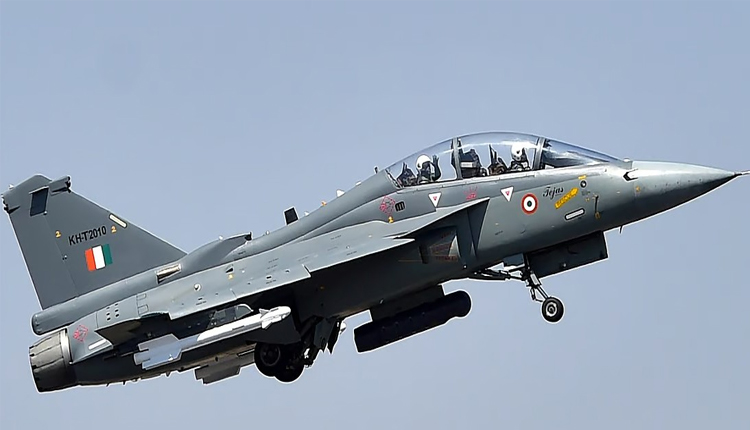New Delhi: The Indian Army’s Northern Command released a gripping new video on Wednesday, offering a rare glimpse into Operation Sindoor, the meticulously executed military strikes that targeted terrorist infrastructure in Pakistan and Pakistan-occupied Kashmir (PoK) on May 7.
The footage, shared via a YouTube link, showcases the precision and advanced technology used to dismantle terror camps in response to the deadly Pahalgam terror attack, while also shedding light on the delicate ceasefire negotiations that followed.
Hailed as a “decisive yet restrained response” to terrorism, the operation has redrawn the line against cross-border militancy, with the Army vowing to continue its fight until terrorism is eradicated.
A Glimpse Into Operation Sindoor
The video, released by the Army’s Northern Command, captures the intensity of the May 7 strikes, which targeted nine terrorist facilities linked to groups like Lashkar-e-Taiba (LeT), Jaish-e-Mohammed (JeM), and Hizbul Mujahideen. Using advanced weaponry, including BrahMos missiles and loitering munitions, the Indian Air Force and Army obliterated key terror hubs in locations such as Muridke, Bahawalpur, Kotli and Bhimber. The strikes, carried out between 1:05 am and 1:30 am, reportedly neutralised over 100 terrorists, including key planners of the April 22 Pahalgam attack that killed 26 civilians.
The footage highlights the precision of the operation, with visuals showing the destruction of command centres, training camps and arms depots. The Army described the strikes as a “calibrated response” to the Pahalgam massacre, emphasising that no Pakistani military or civilian infrastructure was targeted. The video also underscores India’s technological edge, showcasing satellite imagery and drone reconnaissance that confirmed the success of the mission.
#NorthernCommand ‘s resolute operations in #OperationSindoor were an exemplar of restraint turning into decisive response. Precision strikes on terror launchpads and the elimination of perpetrators of the #Pahalgam massacre underscore our unwavering pursuit of peace in the… pic.twitter.com/PeUIahQKF6
— NORTHERN COMMAND – INDIAN ARMY (@NorthernComd_IA) September 3, 2025
The Ceasefire Story
A significant portion of the video addresses the ceasefire agreement reached on May 10 following days of intense cross-border skirmishes. Pakistan’s retaliatory drone and missile attacks on May 8–10, targeting Indian military installations in Jammu, Pathankot, and other areas, were thwarted by India’s S-400 air defence systems. In response, India launched counterstrikes on Pakistani military targets, including radar installations and airfields, causing significant damage.
The video includes a clip from May. featuring India’s Director General of Military Operations (DGMO), Lieutenant General Rajeev Ghai, who revealed that his Pakistani counterpart initiated the ceasefire request. “A new line has been drawn,” the narration states, asserting that India will not relent until terrorism is wiped out. The Army also refuted claims by US President Donald Trump of mediating the ceasefire, with Ghai emphasising India’s stance against third-party involvement in its sovereign affairs.
A Strategic Message To The World
The release of the video, just days after Prime Minister Narendra Modi’s meetings with Russian President Vladimir Putin and Chinese President Xi Jinping at the SCO Summit in Tianjin, sends a clear message about India’s resolve to combat terrorism independently. The Army’s narrative frames Operation Sindoor as a turning point in India’s counter-terrorism strategy, blending military precision with strategic restraint to avoid broader escalation. The footage, coupled with earlier releases by the Indian Air Force, has also countered Pakistan’s disinformation campaign, which falsely claimed the downing of Indian aircraft.
As the video circulates online, it has reignited national pride and debate about India’s zero-tolerance policy toward terrorism. The visuals of devastated terror camps and the Army’s unwavering commitment have struck a chord with citizens, while also serving as a warning to adversaries. With the ceasefire holding but tensions lingering, Operation Sindoor remains a defining moment in India’s fight against cross-border militancy.



Comments are closed.